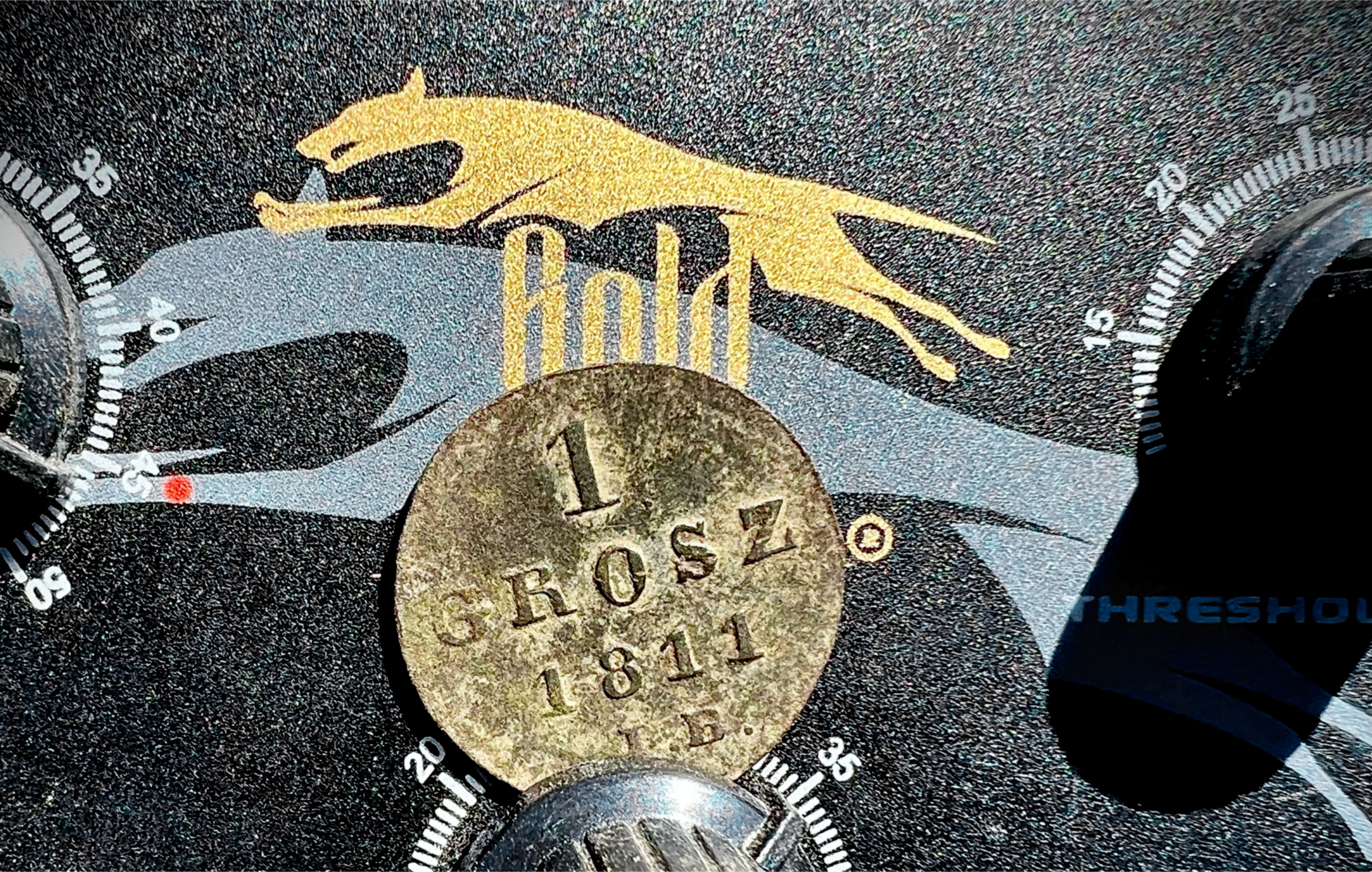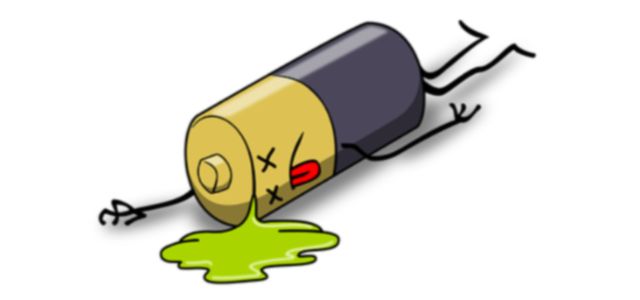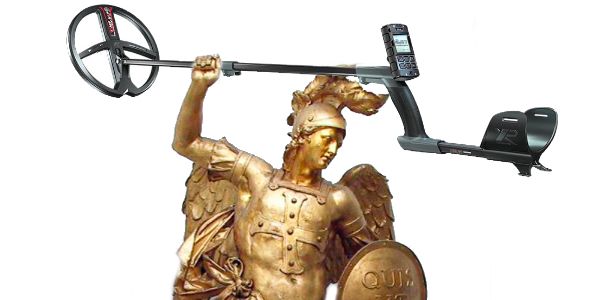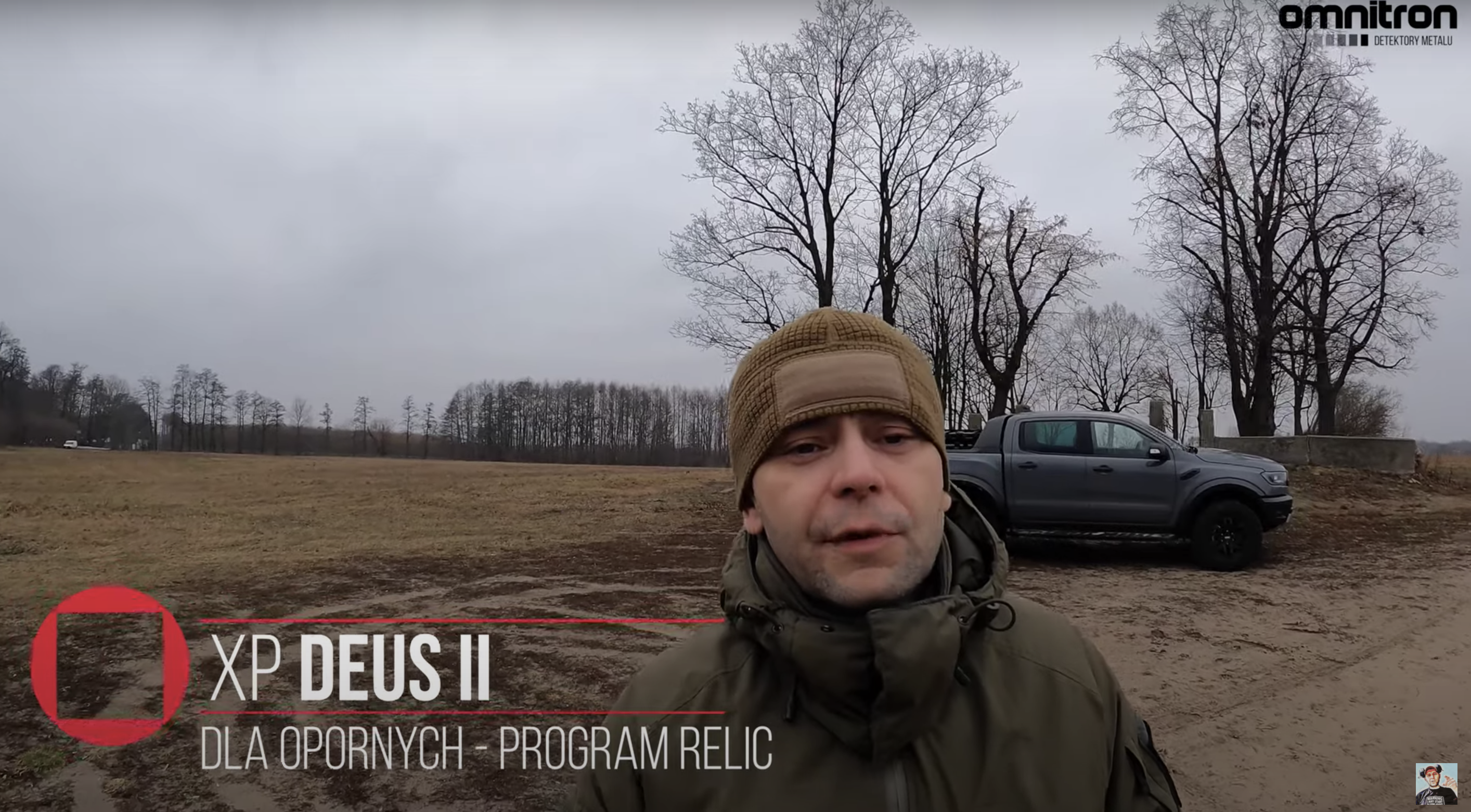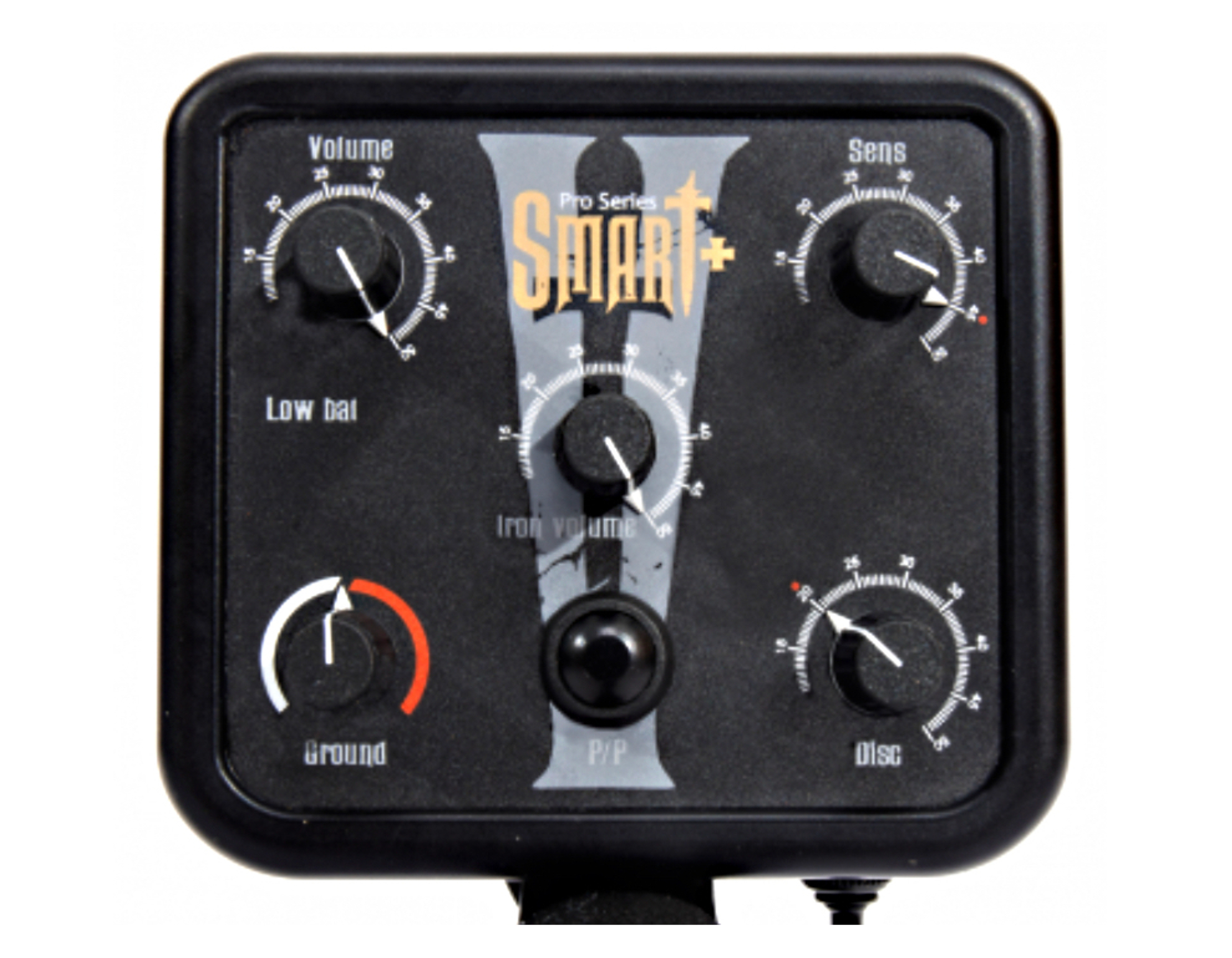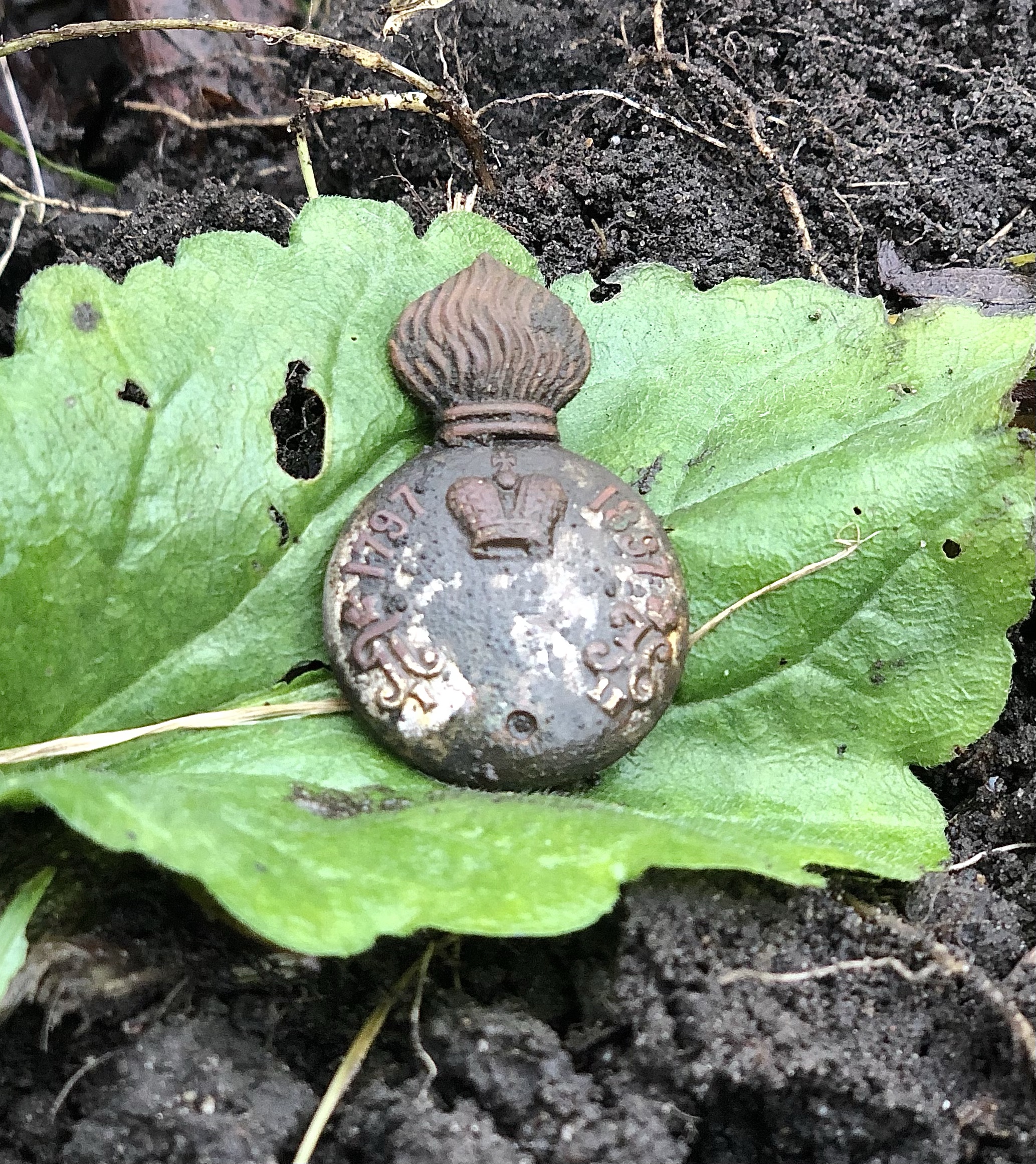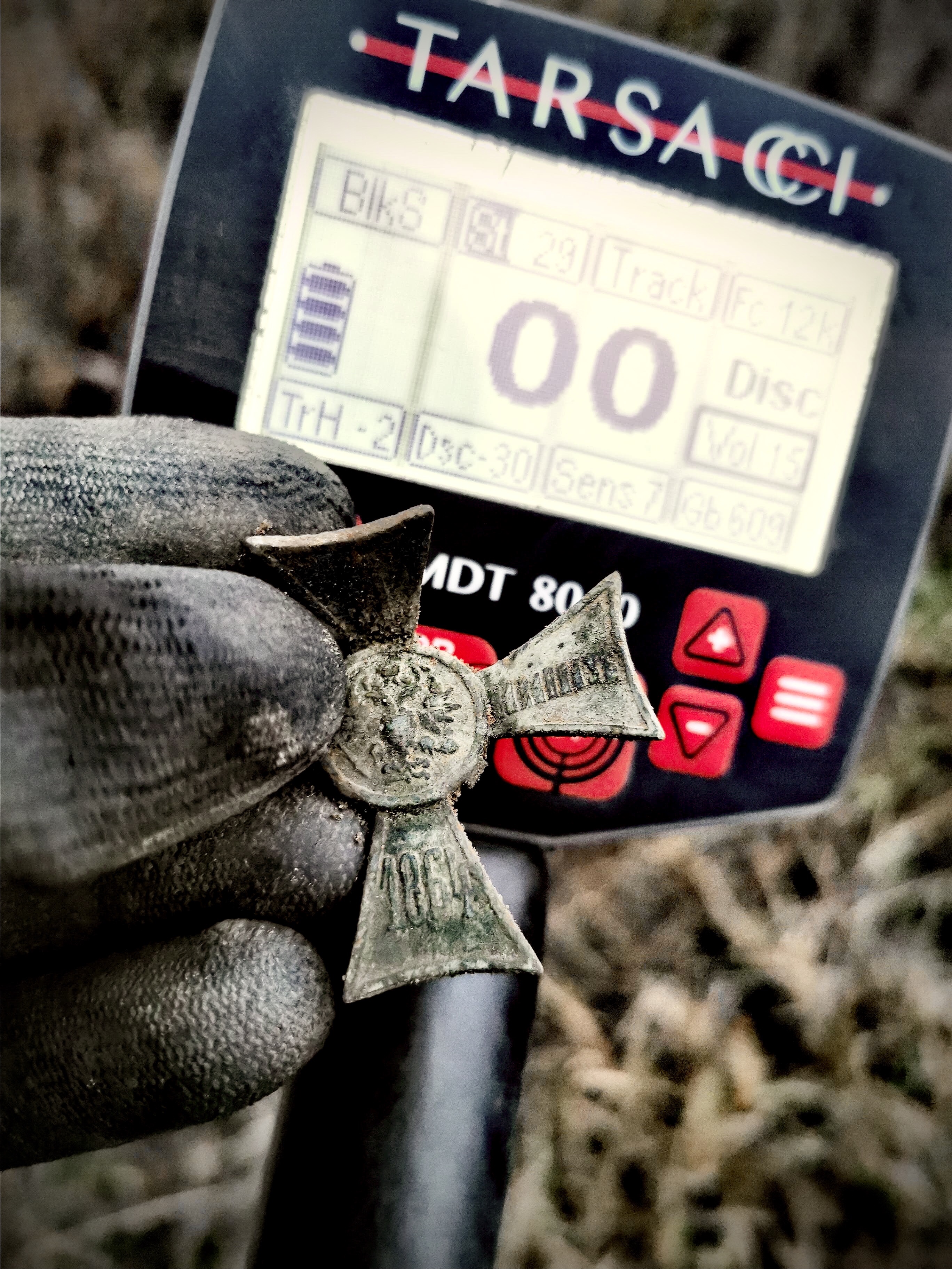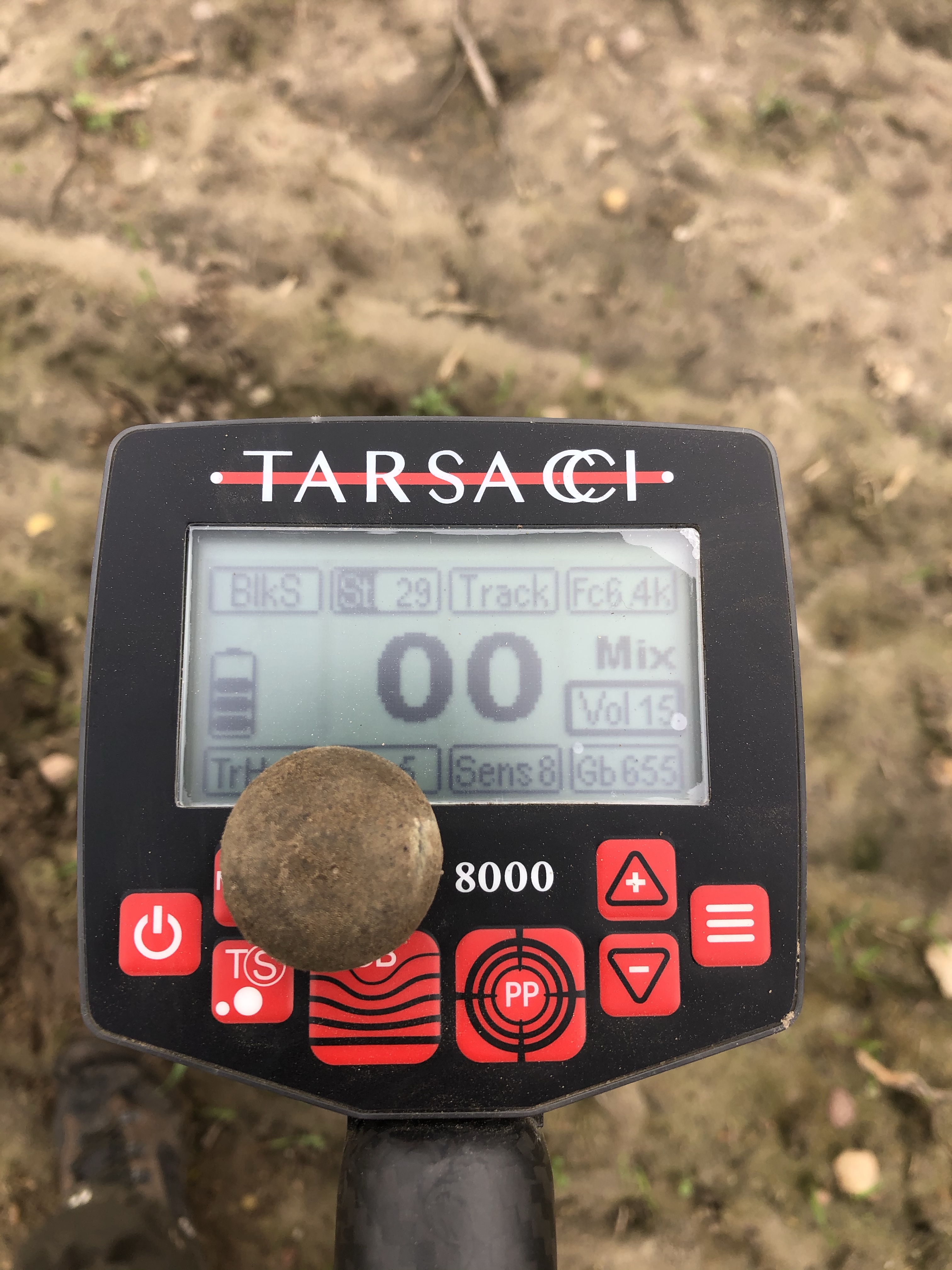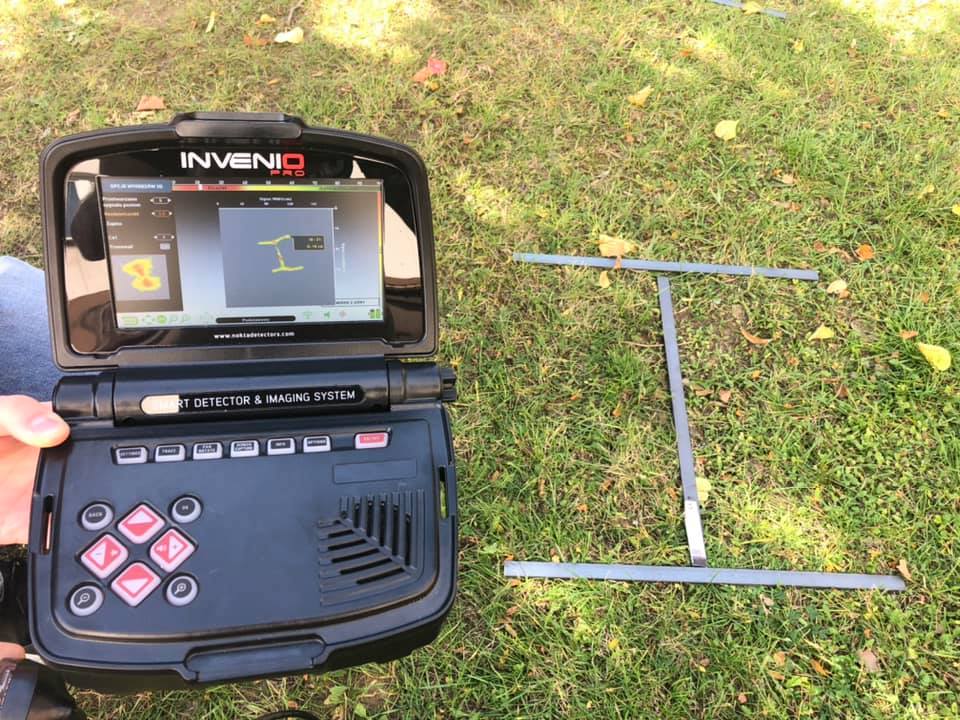
There are days when all the monotony is dazzling. And this time it happened. A narrow strip of land, your own buried holes, footprints, and… bang! Signals appear coin by coin. Not that immediately some spectacular silverware. Popularity, but what satisfaction!
One clear thing came to me that has been bothering me for a long time, but let’s start from the very beginning. The premiere of XP Deus II and Nokta Makro The Legend, a number of videos and opinions, and in addition strongly divergent. I own both devices myself, so I started testing. It’s a bad time of year. Summer. Hot and a lot of UV radiation, which, as we know, negatively affects the probes. One place and still the same effect. The work is stable for a while, and then it is difficult to master the device. It does not indicate interference, only the ID jumps, it is difficult to track the target, and the identification scale closes from start to finish. Then I put it down to UV and temperature, and in part it certainly was, but I didn’t take into account the biggest problem of SMF technology … EMI interference, and the quiet ones that you can’t see.
In a regular VLF device, one frequency is easier to manage in terms of external interference, we can see more and we have more control. In the case of a multi-frequency and, moreover, simultaneous device, no longer.
For example, to put it simply, if the device uses two frequencies and one of them is disturbed and simply does not work, we have no chance for correct identification, tracking, and signaling of the target, and the depth performance can be forgotten.
A typical example from my tests is a Minelab Equinox 800 under two parallel high-voltage lines. Quiet and stable and at the same time 5 cm shallow!
The same thing happened to me with Deus II and The Legend. Hence the opinions on the Internet that the equipment does not work and sucks. Mistake! It’s EMI interference. How can you get rid of them and what can be done to make working with the SMF detector problem-free?
We start with detuning from interference (scanning is usually automatic). It is worth carrying out this process from time to time just in case. The next step is sensitivity, we go down to the level of stable operation of the detector and lack of interference, and excitation. All freaks twisting to the max will die in this place. The target’s signal will not cut through the interference. It’s like driving a car with a high beam in the fog. Suicide. The ground calibration, was corrected and checked. You can find how to do it on my YouTube channel.
How to verify? There is a method for this, apart from effective and stable work and a handful of coins in your pocket, you can use the so-called leading signal threshold. Stable means the detector is operating smoothly and the signal is set correctly.
you don’t believe? Video below of a man running XP on Deus I alongside Deus II. After this maneuver, the last version does not signal the coin in audio. After detuning, the coin signal is back!


